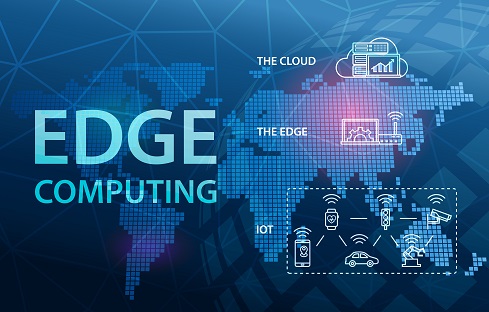Edge Computing
Edge Computing
Edge computing is a networking philosophy focused on bringing computing as close to the source of data as possible in order to reduce latency and bandwidth use. In simpler terms, edge computing means running fewer processes in the cloud...
What is edge computing?
Gartner defines edge computing as “a part of a distributed computing topology in which information processing is located close to the edge – where things and people produce or consume that information.”
At its basic level, edge computing brings computation and data storage closer to the devices where it’s being gathered, rather than relying on a central location that can be thousands of miles away. This is done so that data, especially real-time data, does not suffer latency issues that can affect an application’s performance. In addition, companies can save money by having the processing done locally, reducing the amount of data that needs to be processed in a centralized or cloud-based location.
Edge computing was developed due to the exponential growth of IoT devices, which connect to the internet for either receiving information from the cloud or delivering data back to the cloud. And many IoT devices generate enormous amounts of data during the course of their operations.


Comments
Post a Comment